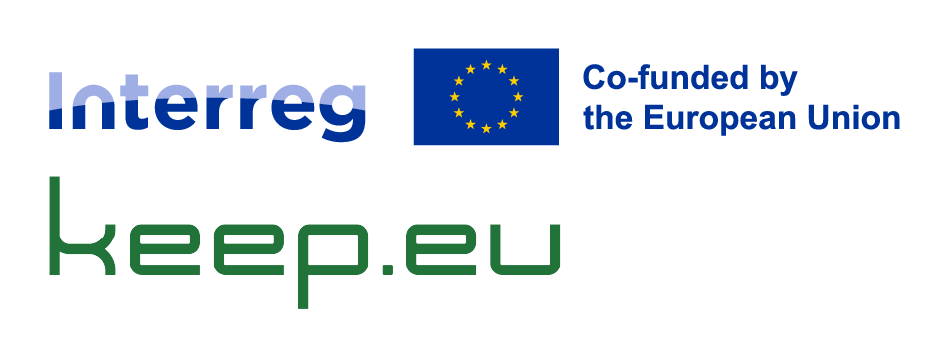Description (EN): The Convention between Romanian and Hungarian Governments from September the 15-th 2003 had already taken into account The Water Framework Directive of the EU. The Convention was signed by both Romanian and Hungarian Governments, with the intention to develop their bilateral cooperation on the protection and sustainable usage of cross-border rivers and water courses, subsurface cross-border aquifer layers, also on the the protection of aquatic ecosystems and on the enviromment protection including to improve water quality. Inland Water Controls Regulations, the 3rd Annex of the Water Convention as of 17th May 2004 regulates the flowing of inland waters developing in river basins divided by boundaries through inland waters draining channels or through valleys or natural depressions, additionally, the management of sluices diverting inland waters and the operation of pump stations. The Regulation, at the same time, determines the values of discharges and water levels according which inland waters developing in the area can flow down through channels crossing boundaries. To ensure undisturbed downflow of pre-defined water discharges, the Regulation provides that all inland water channels, sluices and pumping stations must be maintained and kept in good order. The Regulation also provides for measures and tasks of the competent water authorities/bodies to be taken and fulfilled, respectively.The reabilitation of existing draining capacities represents an important measure for developing of romanian agricol sector. As well, the reabilitation of our three chanels and hydrotechnical constructions and popmping station will lead to elimination of water losses through seepage from the channels, the removal of degradation occurring in the hydrotechnical constructions and reduction of costs for ensuring the operation to the initially design parameters . The current project is proposed by a partnership between ANIF ARAD and Lower Tisa District Water Directorate (ATIVIZIG) in order to tackle common challenges identified in the Cigányka-ér water body ( measurement point of Battonya), in the Romanian and Hungarian cross border area.Investments planned during the project:- Development of an existing pump station for an environmentially-friendly and effective water supply on the Cigányka-ér (0+343) km: purchase of electric pumps and its fittings, development of electric supply- Restoration of the canal bed and its water transport capability for reaching the "good status" of the affected water bodies.- Development of the monitoring system. Construction of an monitoring point on the 0+343 section of "Cigyánka-ér" for adequacy for WDF. Purchase of an ADCP device, which is suitable for measure of water discharge on small rivers.- Purchase of auxiliary fittings for maintenance machines to the long term sustainability of results.Intervention on Romanian side (ANIF Arad) will be focused and concretized on:Improvement of quality of water by investment in hydrotechnical arrangement in Arad county on water channels Muresel, Ier, Ier-BorderReduce the pollution of water on this channels with positive impact on measurement points of Turnu, Pecica Developing of integretated water management of channels in order to mitigate the risk of pollution caused by flood. The project contributes to the objectives of the program in terms of water quality improvement at three measurement points in the ARAD and BEKES cross-border area: Pecica, Turnu, Battonya. To achieve this goal, the two partner organizations in the Project, ANIF (lead partner) and ATIVIZIG – partner- will make a set of investments in water infrastructure in the hydrotechnical developments along 4 segments of the water channels, Mureşel, Ier Legator, Ier and Ţiganca, and will acquire equipment for carrying out water quality monitoring works. The project is the result of the collaboration between the two partners both in the preparation phase and in the implementation with a joint team and a joint budget Joint Preparation: Development of a complex set of investments to meet the challenges posed by the need to intervene in the area to reduce the risk of water pollution generated by the activities of the population living in the area (estimated more the 198.000 peoples) in order to comply with the foreseen common legal framework in bilateral international agreements and EU water framework directives.Joint Implementation: by establishing the principles of an efficient project management under the guidance of the project leader to pursue the proposed investment, allocating material, financial and human resources that will lead to the achievement of the proposed ojectives. Joint project team consist in project manager, assistant manager (2persons) , financial officers (2 persons) , procurement responsible (2 pers) technical specialist (2 persons).
Read more
Expected Outputs (EN): The project main objective is the joint protection and efficient use of common values and resources at the Cigányér water body which crosses national borders. The project main objective is relevant to the Investment Priority 6/b, “Investing in the water sector to meet the requirements of the Union’s environmental acquis and to address needs, identified by the Member States, for investment that goes beyond those requirements” accordingly to the specific objective that reffers to “Improved quality management of cross-border rivers and ground water bodies”, of the Call for proposals, within the Interreg V-A Romania–Hungary Programme because of it`s fundamental joint development that is designed in close cooperation of both Romanian and Hungarian partners.
Therefore, the present project aims to improve cross-border cooperation in the field of improving water quality by promoting intensive cooperation between Romanian and Hungarian water management organizations national and administrative borders.
By rehabilitation of the canal beds and by realization of an environmentally-friendly and effective water supply, the water quality of the transboundary waterbody Cigányka-ér will be increased.
Read more


